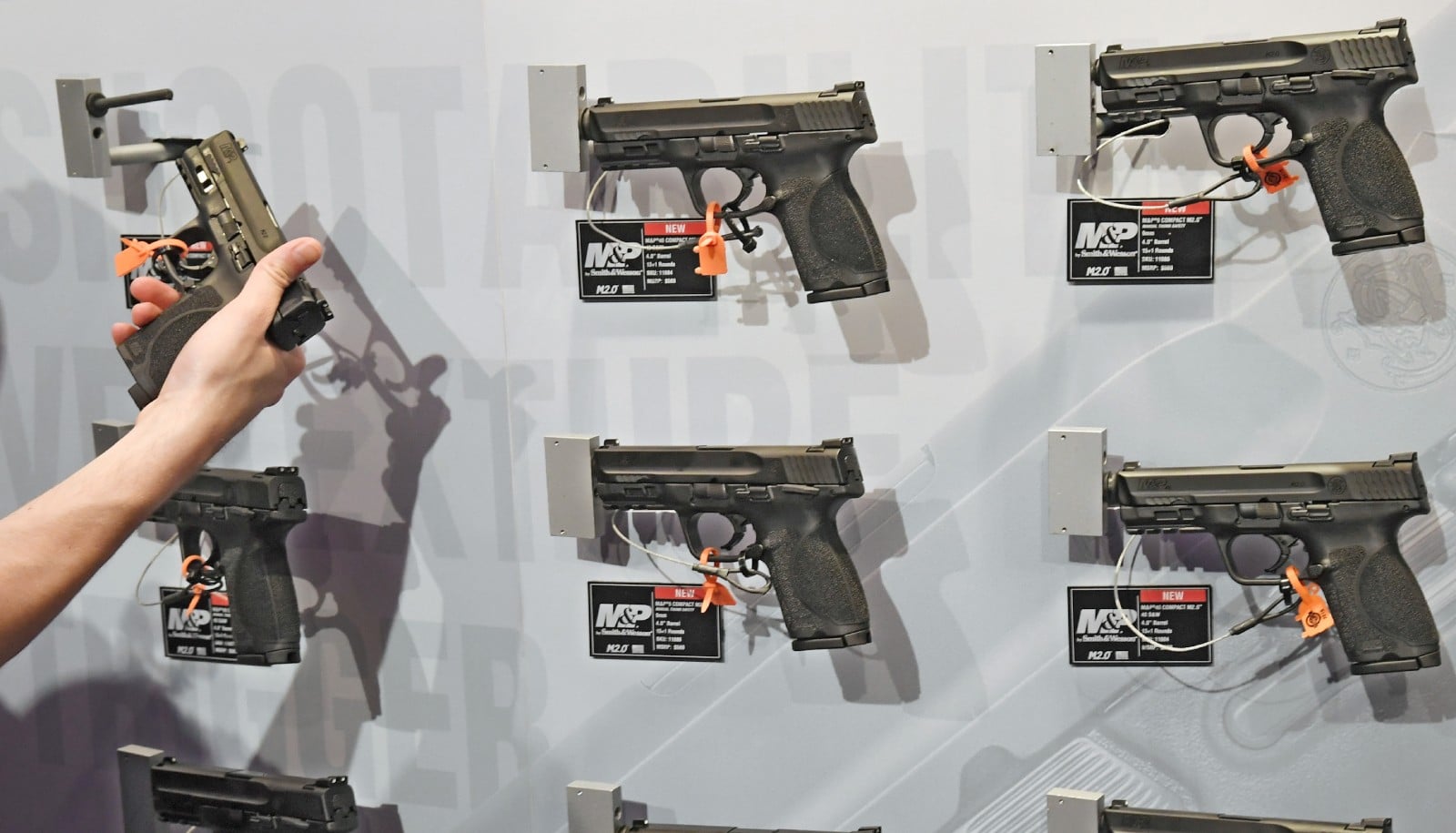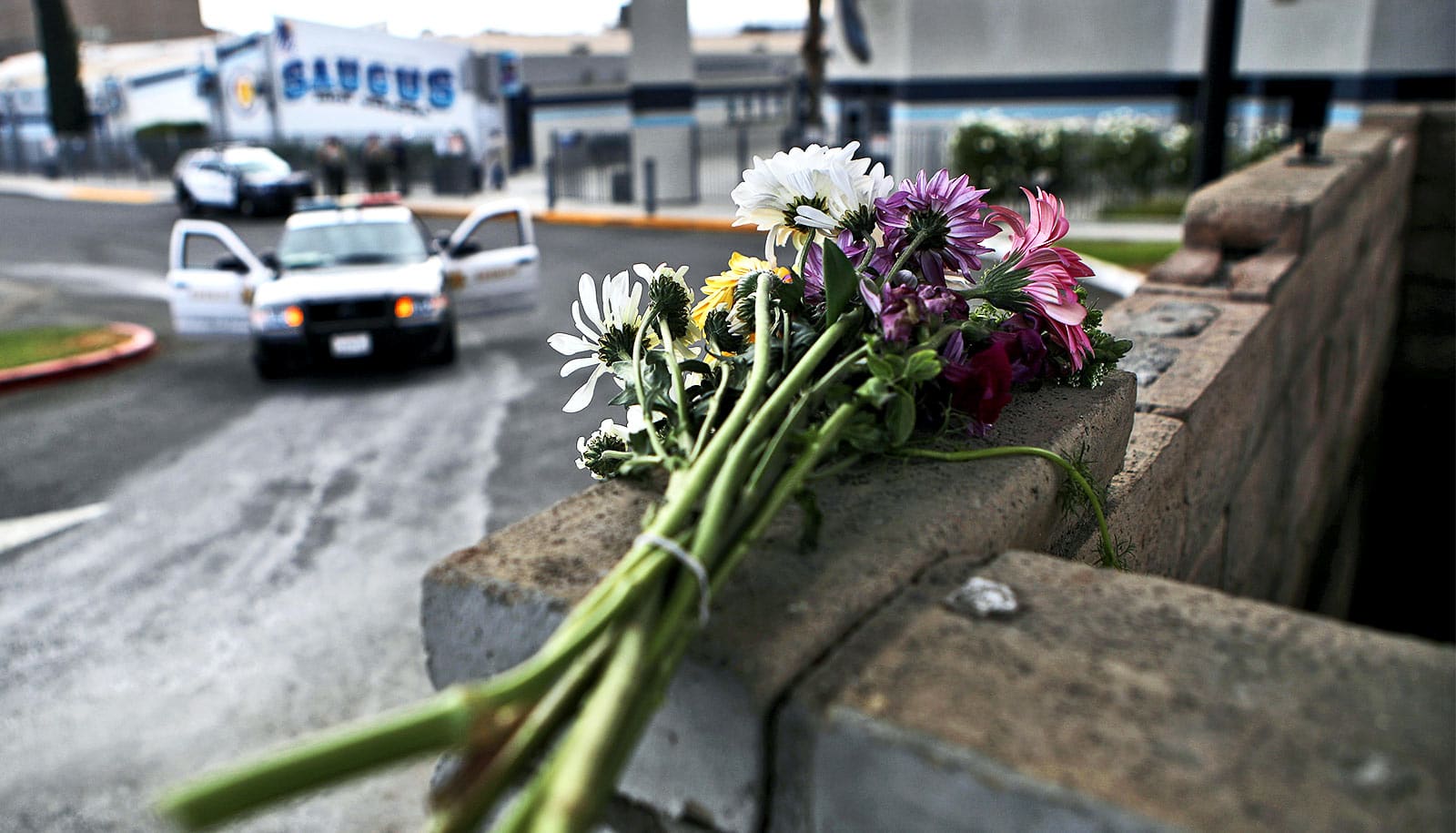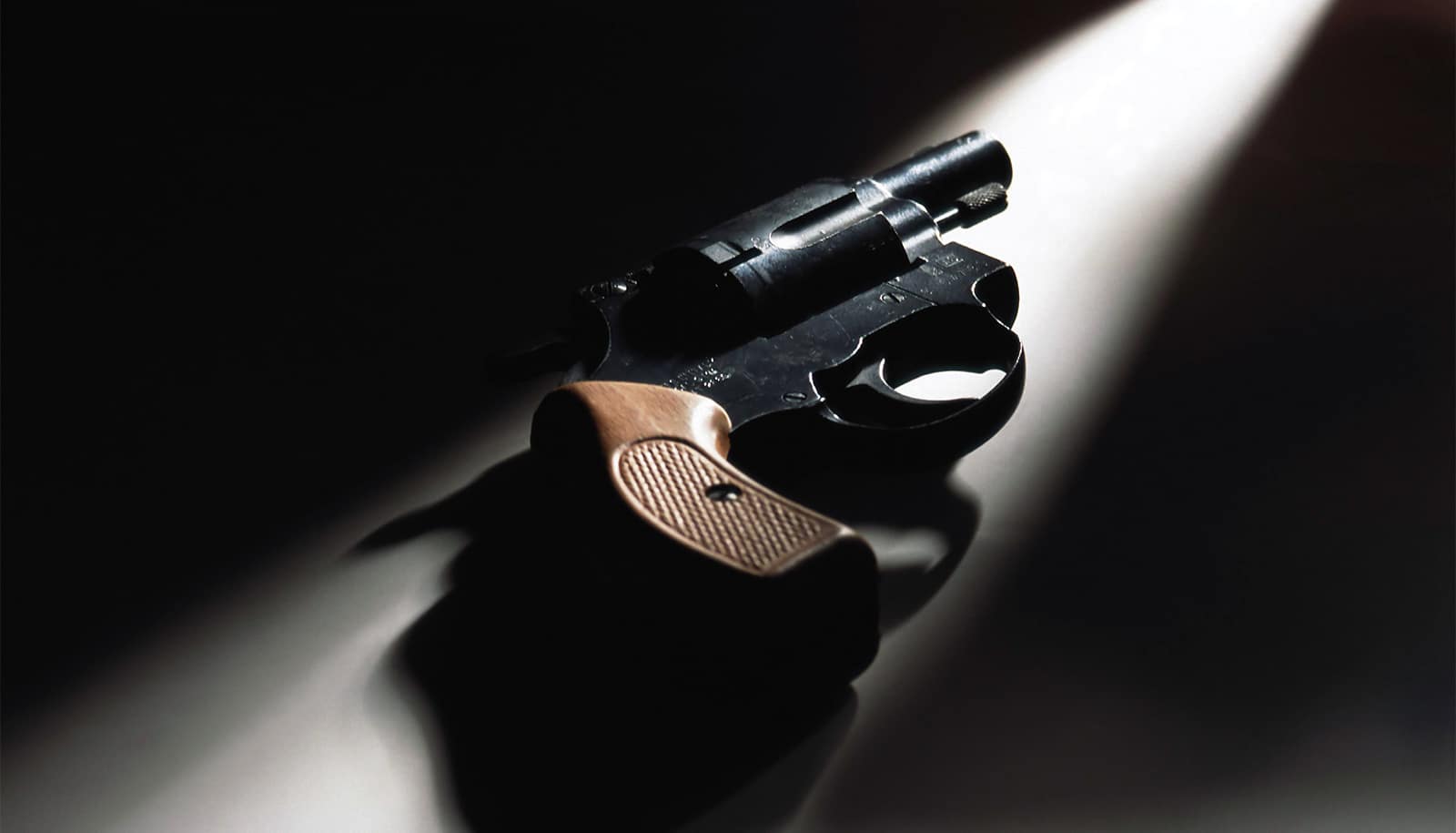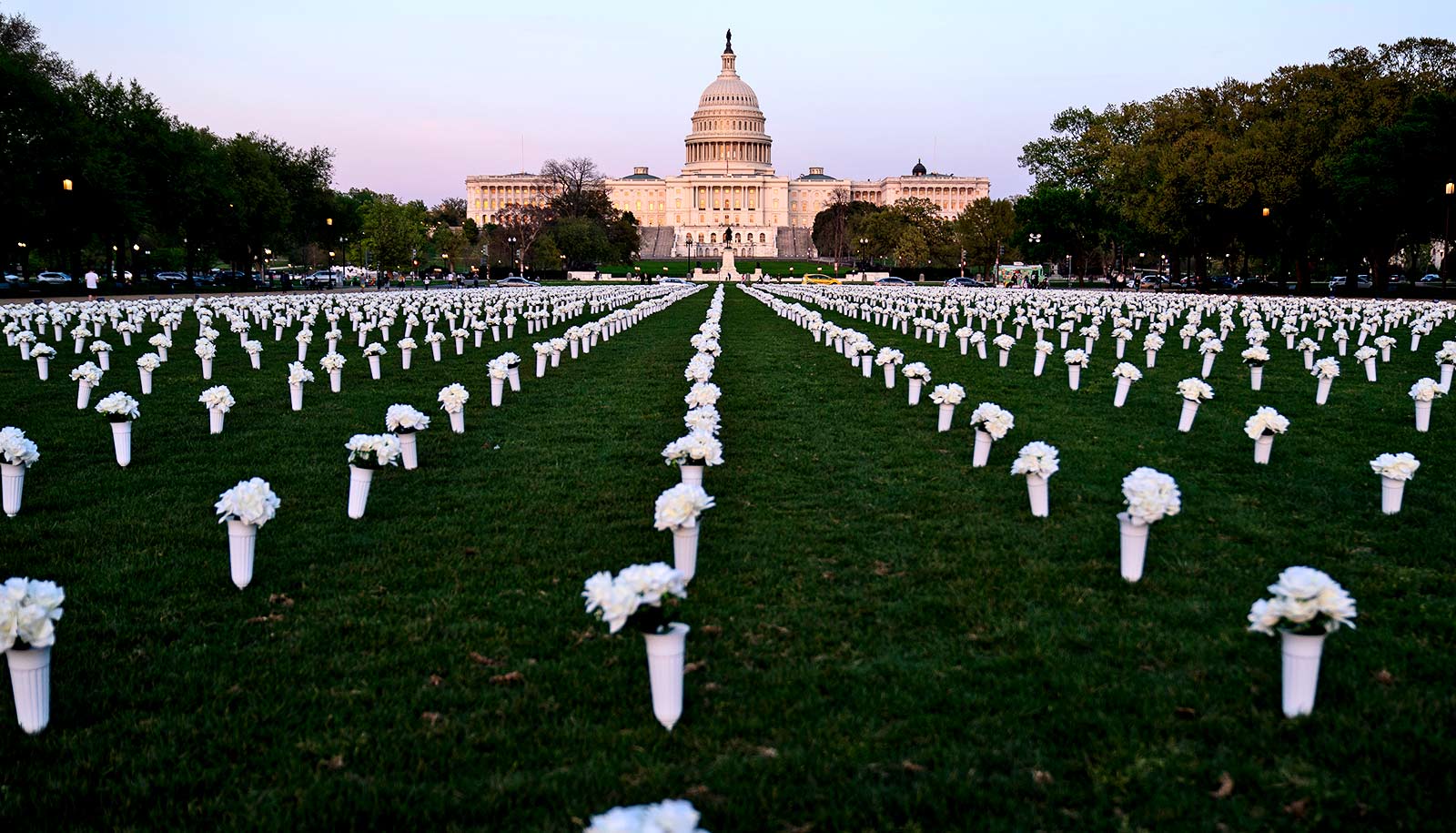A new model sheds light on trends in firearm ownership in the United States.
Policymakers are faced with an exceptional challenge: how to reduce harm caused by firearms while maintaining citizens’ right to bear arms and protect themselves. This is especially true as the Supreme Court has hobbled New York State regulations restricting who can carry a concealed weapon.
“The potential link between mass shootings and firearm purchases is a unique contribution of our model.”
While meaningful legislation requires an understanding of how access to firearms is associated with different outcomes of harm, this knowledge also calls for accurate, highly-resolved data on firearm possession, data that is presently unavailable due to a lack of a comprehensive national firearm ownership registry.
The new research describes a spatiotemporal model to predict trends in firearm prevalence on a state-by-state level by fusing data from two available proxies—background checks per capita and suicides committed with a firearm in a given state.
The study in the journal Patterns details how by calibrating their results with yearly survey data, the researchers determined that the two proxies can be simultaneously considered to draw precise information regarding firearm ownership.
Maurizio Porfiri, a professor at the New York University Tandon School of Engineering who in 2020 received one of the first newly authorized NSF federal grants for $2 million to study the “firearm ecosystem” in the US, has spent the last few years exploring gun acquisition trends and how they relate to and are influenced by a number of factors, from media coverage of mass shootings to the influence of the sitting President.
“There is very limited knowledge on when and where guns are acquired in the country, and even less is known regarding future ownership trends,” says Porfiri, professor of mechanical and aerospace, biomedical, and civil and urban engineering and incoming director of the Center for Urban Science and Progress (CUSP) at Tandon.
“Prior studies have largely relied on the use of a single, select proxy to make some inference of gun prevalence, typically within simple correlation schemes. Our results show that there is a need to combine proxies of sales and violence to draw precise inferences on firearm prevalence.”
He adds that most research aggregates the measure counts within states and does not consider interference between states or spill-over effects.
Their study shows how their model can be used to better understand the relationships between media coverage, mass shootings, and firearm ownership, uncovering causal associations that are masked when the proxies are used individually.
While the researchers found, for example, that media coverage of firearm control is causally associated with firearm ownership, they discovered that their model generating a strong firearm ownership profile for a state was a strong predictor of mass shootings in that state.
“The potential link between mass shootings and firearm purchases is a unique contribution of our model,” says coauthor Manuel Ruiz Marin of the Universidad Politécnica de Cartagena, Spain. “Such a link can only be detected by scratching the surface on the exact gun counts in the country.”
“We combined publicly available data variables into one measure of ownership. Because it has a spatial component, we could also track gun flow from one state to another based on political and cultural similarities,” says coauthor Roni Barak Ventura, a postdoctoral researcher at Porfiri’s Dynamical Systems Lab, adding that the spatial component of the work is novel. “Prior studies looked at a correlation of two variables such as increasing background checks and an increase in gun violence.”
Barak-Ventura says the team is now using their model to explore which policies are effective in reducing death by guns in a state and surrounding regions, and how the relationship between gun ownership and violent outcomes is disrupted by different legislation.
Support for the research came from the National Science Foundation and RAND’s National Collaborative on Gun Violence Research. This study was also part of the collaborative activities carried out under the programs of the region of Murcia (Spain) as well as the Ministerio de Ciencia, Innovacio ́n y Univefrsidades.
Source: New York University



